During excavations in the walls Turkish city of Diyarbakir, archaeologists made an exciting and unprecedented discovery. First Ever Roman Sarcophagus Found Amidst Diyarbakir’s Ancient Walls
The first time a sarcophagus from the time of the Roman Empire has been recovered in Diyarbakir, according to news ofAnadolu Agency. A Maltese Cross was carved into its side. Notably, the grave that held the sarcophagus was not an isolated discovery.
Maltese Cross is a religious symbol. It is associated with medieval Christianity and the Crusades, although its history goes back much farther. This particular cross is unusual in that it has six sides, while most versions of the Maltese cross have either eight or four sides.
Measuring nearly seven feet (over two meters) long and 32 inches (82 centimeters) high, the stone coffin was carved out of a single unbroken piece of limestone and topped with two heavy lids sitting side by side.
The old walls of Diyarbakir enclose the heart of the ancient city. Workers are constantly restoring them. These walls, some 3.4 miles (5.5 kilometers) long are interspersed with 82 watch towers, and their initial sections may have been constructed as far back as 5,000 years ago
It took a lot of digging to unearth the large sarcophagus, which was buried at a depth of 15 feet (4.5 meters). The excavations that produced the sarcophagus were connected to an ongoing restoration project in Diyarbakir, which is focused on the maintenance of the three-layers of ancient walls that enclose the oldest part of the city.
Archaeologists involved in the continuing excavations around the Diyarbakir city walls have previously found other burials in the area. Given the location of the newly discovered sarcophagus near historic Saint George Church, it would seem the find is linked.
“This is most probably the church's cemetery area. Excavations continue, and similar data may emerge,” Cemil Koc, the Director of the Diyarbakir Survey, told the Anadolu Agency (AA).
The skeletal remains of the individual removed from the sarcophagus will be subjected to radiocarbon dating, which will help researchers pin down exactly when this person lived and died.




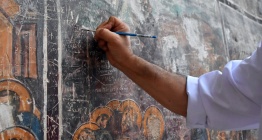
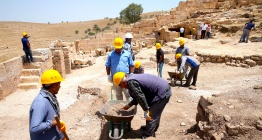

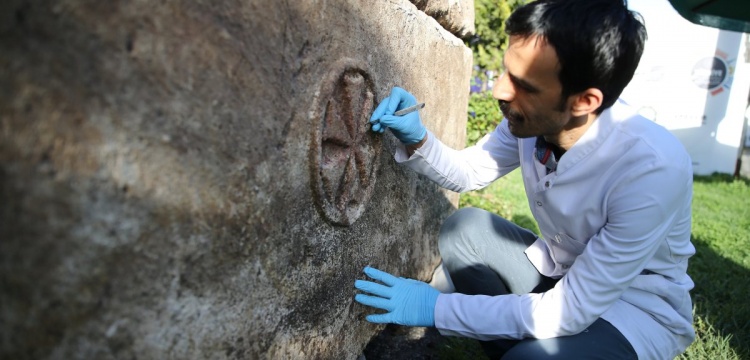
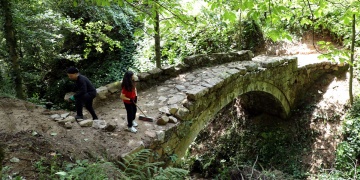 Ressam Serdar Abay, tarihi kemer köprüdeki yabani otları kızıyla temizledi
Ressam Serdar Abay, tarihi kemer köprüdeki yabani otları kızıyla temizledi 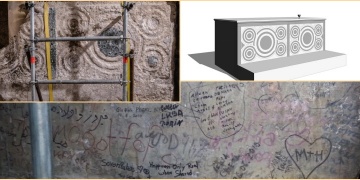 Archaeologists have discoveried a crusader altar in the Church of the Holy Sepulchre
Archaeologists have discoveried a crusader altar in the Church of the Holy Sepulchre 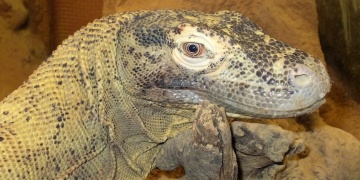 Komodo ejderinin demir dişli olduğu anlaşıldı
Komodo ejderinin demir dişli olduğu anlaşıldı 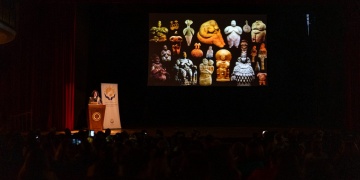 Doğa Taşlardan, Anadolu Tanrıçaları'ndan sonra Anadolu Bacılarının öykülerini anlatacak
Doğa Taşlardan, Anadolu Tanrıçaları'ndan sonra Anadolu Bacılarının öykülerini anlatacak 




